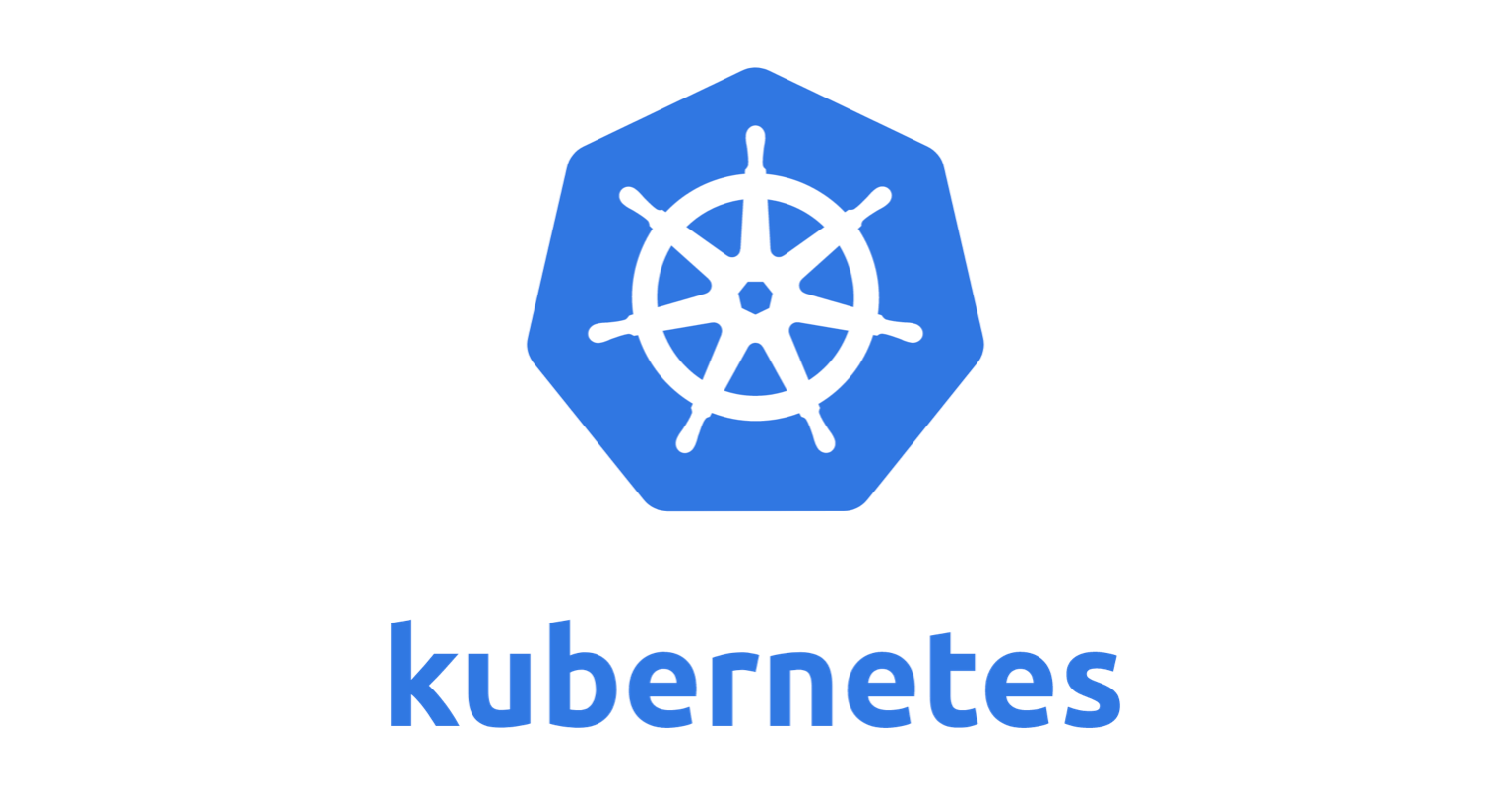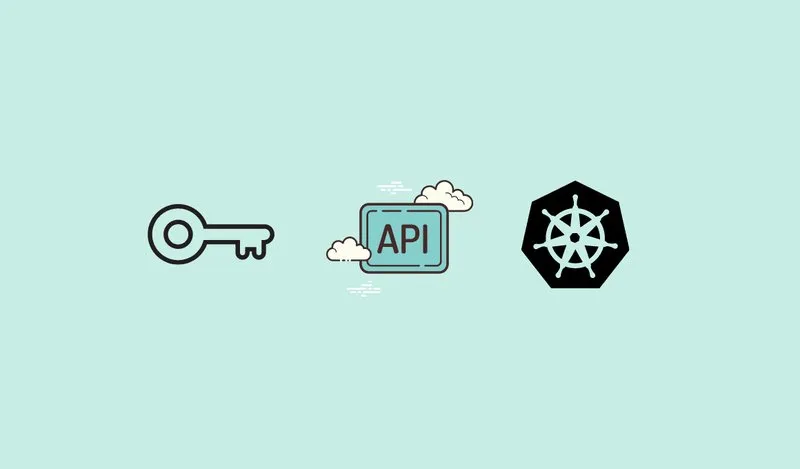 第16期 - 如何为service Account创建kubernetes角色
第16期 - 如何为service Account创建kubernetes角色
 【运维干货分享】如何为service Account创建kubernetes角色
【运维干货分享】如何为service Account创建kubernetes角色

在此博客中,你将学习如何为服务账户创建 Kubernetes 角色,并将其与 pod、部署和 cronjobs 一起使用。
注意: 仅提供对命名空间中存在的资源的 API 访问。对于集群范围的 API 访问,你应该使用roleClusterRole
为服务帐户创建 Kubernetes 角色
让我们考虑以下场景
- 你在名为webapps 的命名空间中有 deployments/pod
- deployment/pod 需要 Kubernetes API 访问权限来管理命名空间中的资源。
上述场景的解决方案是拥有一个具有特定 API 访问权限的角色的服务账户。
- 创建绑定到命名空间 webapps 命名空间的服务帐户
- 使用对 Kubernetes 资源所需的 API 访问权限列表创建角色。
- 创建 Rolebinding 以将角色绑定到服务账户。
- 使用 pod/deployment 或 Kubernetes Cronjobs 中的服务帐户
让我们实现它。
创建 webapps Namespace
为了进行演示,我们将创建一个名为webapps
kubectl create namespace webapps
创建 Kubernetes 服务帐户
让我们创建一个名为app-service-account的服务帐户,并且绑定命名空间webapps
复制以下内容并直接在终端上执行。
cat <<EOF | kubectl apply -f -
apiVersion: v1
kind: ServiceAccount
metadata:
name: app-service-account
namespace: webapps
EOF
为 API 访问创建角色
在 kubernetes 角色中,我们指定 Kubernetes 资源所需的 API 访问列表。
注意:以下角色有权访问大多数 Kubernetes 资源,并具有所有读取、写入、列出、更新、修补和删除权限。在实际项目中实施它时,你应该只向角色添加所需的资源和操作。
让我们创建一个名为 app-role 的角色
复制以下内容并直接在终端上执行。
cat <<EOF | kubectl apply -f -
---
apiVersion: rbac.authorization.k8s.io/v1
kind: Role
metadata:
name: app-role
namespace: webapps
rules:
- apiGroups:
- ""
- apps
- autoscaling
- batch
- extensions
- policy
- rbac.authorization.k8s.io
resources:
- pods
- componentstatuses
- configmaps
- daemonsets
- deployments
- events
- endpoints
- horizontalpodautoscalers
- ingress
- jobs
- limitranges
- namespaces
- nodes
- pods
- persistentvolumes
- persistentvolumeclaims
- resourcequotas
- replicasets
- replicationcontrollers
- serviceaccounts
- services
verbs: ["get", "list", "watch", "create", "update", "patch", "delete"]
EOF
让我们列出角色。
kubectl get roles -n webapps
创建角色绑定 [ 将角色附加到 ServiceAccount]
现在我们有一个服务账户和一个没有关系的角色。
使用 Rolebinding,我们将角色附加到服务账户。因此,使用 namespace 中的服务帐户的 Pod 将拥有webappsapp-role
复制以下内容并直接在终端上执行。
cat <<EOF | kubectl apply -f -
---
apiVersion: rbac.authorization.k8s.io/v1
kind: RoleBinding
metadata:
name: app-rolebinding
namespace: webapps
roleRef:
apiGroup: rbac.authorization.k8s.io
kind: Role
name: app-role
subjects:
- namespace: webapps
kind: ServiceAccount
name: app-service-account
EOF
验证 Kubernetes 角色权限
我们将使用我通过 kubectl 实用程序创建的 Docker 镜像。bibinwilson/docker-kubectl
让我们部署一个名为debug的pod,使用 bibinwilson/docker-kubectl 镜像和我们的服务帐户app-service-account
cat <<EOF | kubectl apply -f -
---
apiVersion: v1
kind: Pod
metadata:
name: debug
namespace: webapps
spec:
containers:
- image: bibinwilson/docker-kubectl:latest
name: kubectl
serviceAccountName: app-service-account
EOF
让我们进入 pod 并查看是否具有我们在角色中提到的权限。
kubectl exec -it debug /bin/bash -n webapps
现在,你应该能够在 namespace 中列出 pod 和其他资源。你无法列出其他命名空间中的 Pod,因为此角色特定于 namespace。
如果你在没有服务帐户的情况下部署 Pod 并列出 Pod,你将收到以下错误。
Error from server (Forbidden): pods is forbidden: User "system:serviceaccount:webapps:default" cannot list resource "pods" in API group "" in the namespace "webapps"
附加到 Pod 的默认服务帐户对资源没有任何 API 访问权限。
将服务帐户与 Kubernetes Cronjob 结合使用
以下是使用服务账户的 Kubernetes Cronjob 示例。
apiVersion: batch/v1beta1
kind: CronJob
metadata:
name: kubernetes-cron-job
spec:
schedule: "0,15,30,45 * * * *"
jobTemplate:
spec:
template:
metadata:
labels:
app: cron-batch-job
spec:
restartPolicy: OnFailure
serviceAccountName: app-service-account
containers:
- name: kube-cron-job
image: devopscube/kubernetes-job-demo:latest
args: ["100"]
在 Kubernetes 部署中使用服务帐户
以下是使用服务账户的 Kubernetes 部署示例。
apiVersion: apps/v1
kind: Deployment
metadata:
name: nginx-deployment
labels:
app: nginx
spec:
replicas: 3
selector:
matchLabels:
app: nginx
template:
metadata:
labels:
app: nginx
spec:
serviceAccountName: app-service-account
containers:
- name: nginx
image: nginx:1.14.2
ports:
- containerPort: 80
结论
在这篇博文中,我添加了创建 Kubernetes 角色并将其与 pod、部署和 Cronjonbs 一起使用所需的所有步骤。
需要特定于命名空间的角色的使用案例尤其不多。
一个主要用途是创建访问权限仅限于命名空间的用户。此外,创建服务帐户以从外部应用程序对命名空间进行 API 访问。